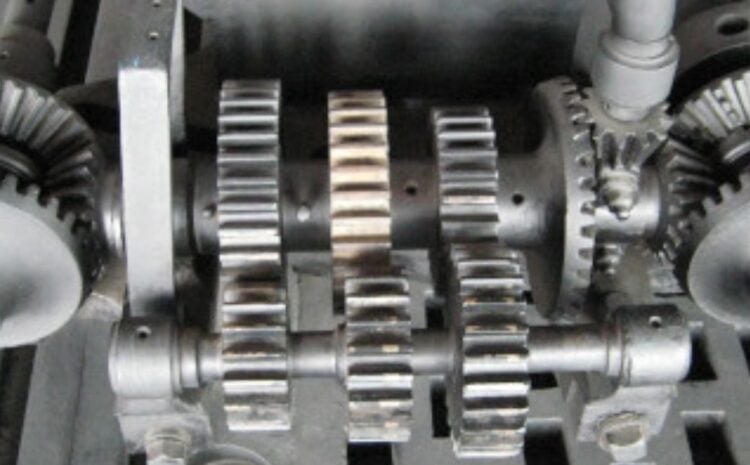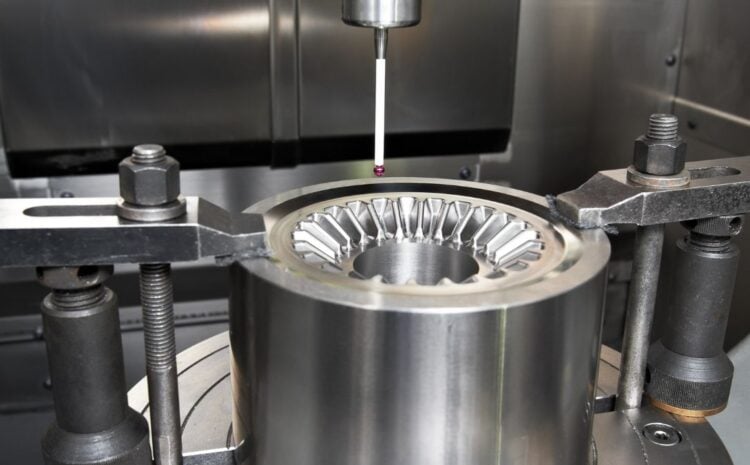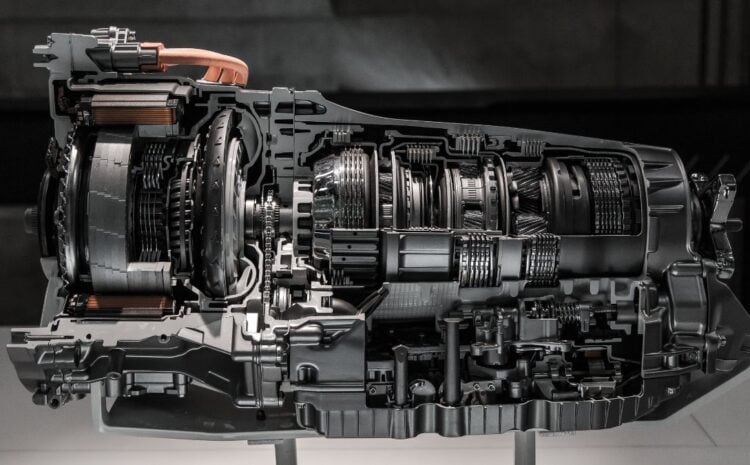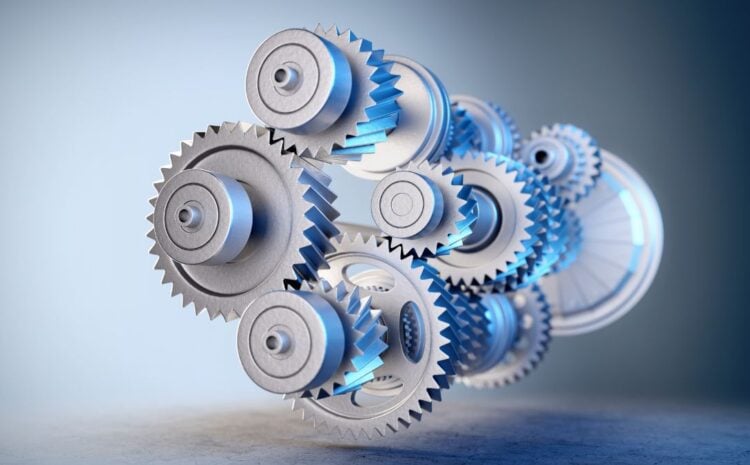Marine gears are essential components in the operation of vessels. They use gears to transmit power from the engine to various parts of the vessel, such as the propellers, generators, and steering systems. This article will discuss the different types of marine gear, their applications, and the factors that engineers need to consider when choosing the right marine gear for specific applications.
Types of Marine Gears
Straight, helical, bevel and worm gears are the four primary types of marine gear. Depending on the particular application, each type has advantages and disadvantages.
In marine applications, straight gears are the most basic and typical kind of gear. With a large carrying capacity and little friction loss, they are the most effective kind of gear. However, they generate a lot of vibration and noise, making them inappropriate for some applications.
While helical gears resemble straight gears, they have angled teeth instead of straight ones. This design results in smoother operation and reduces noise and vibration. Propulsion systems frequently use helical gears because of their excellent efficiency and quiet operation.
Bevel gears are used to transmit power between shafts that are at an angle to each other. They have a cone-shaped design and can be straight, spiral, or hypoid. Steering systems commonly use bevel gears, which provide precise control and smooth operation.
Power is transferred between perpendicular shafts using worm gears. They have an exceptional design that offers a high reduction ratio, which makes them perfect for cranes and winches. However, because of their low efficiency, they produce more heat and demand more upkeep.
Applications of Marine Gears
Various applications on board vessels use marine gears, including propulsion systems, power generation systems, steering systems, and winches and cranes.
Since they are what propel the ship forward, propulsion systems are the most important marine equipment application. According to the vessel’s size and power requirements, the propulsion system’s gear type will vary. Smaller vessels might use straight gears, while larger vessels frequently use helical gears.
Onboard power generation systems produce electricity. Marine gears transmit power from the ship’s engine to the ship’s generator. The size and output of the generator dictate the type of equipment used in the power generation system.
Steering systems are used to control the direction of the vessel. Marine gears transmit power from the steering wheel to the rudder. We commonly use bevel gears in steering systems as they offer precise control and smooth operation.
Winches and cranes are used to lift and move heavy objects on board the vessel. The engine transmits power to the winch or crane via marine gears, enabling the lifting of heavy loads. Winches and cranes commonly use worm gears due to their high reduction ratio, which makes them ideal for lifting heavy loads.
Factors to Consider in Choosing Marine Gears
When choosing the right marine gear for specific applications, several factors need to be considered. These include the load capacity, durability, and efficiency of the gears.
- Load capacity refers to the maximum amount of weight that the gear can handle. The gear used for the application must have sufficient load capacity. For example, the gears used in a propulsion system must be able to handle the weight and resistance of the vessel.
- Durability refers to the ability of the gear to withstand the harsh marine environment. Marine gears are exposed to saltwater, extreme temperatures, and vibrations, which can cause wear and tear. The gears must be made of high-quality materials that can withstand these conditions.
- Efficiency refers to the amount of power that is lost during the transmission of power from the engine to the application. The higher the efficiency of the gear, the less power is lost, and the more energy-efficient the vessel will be. The type of gear used can affect the efficiency of the system, and this should be considered when selecting the right gear.
- The design and maintenance of marine gear are also essential factors to consider. The gears must be designed to fit the specific application, and regular maintenance is required to ensure they continue to operate efficiently. Proper lubrication and regular inspections are necessary to prevent premature wear and failure of the gears.
Conclusion
Marine gears are critical components in the operation of vessels. The type of gear used depends on the specific application, and several factors need to be considered when selecting the right gear. The load capacity, durability, and efficiency of the gear must be sufficient for the application, and proper design and maintenance are necessary to ensure efficient and safe operation. By understanding the different types of marine gear and their applications, vessel owners and operators can make informed decisions when choosing the right gear for their vessels.



